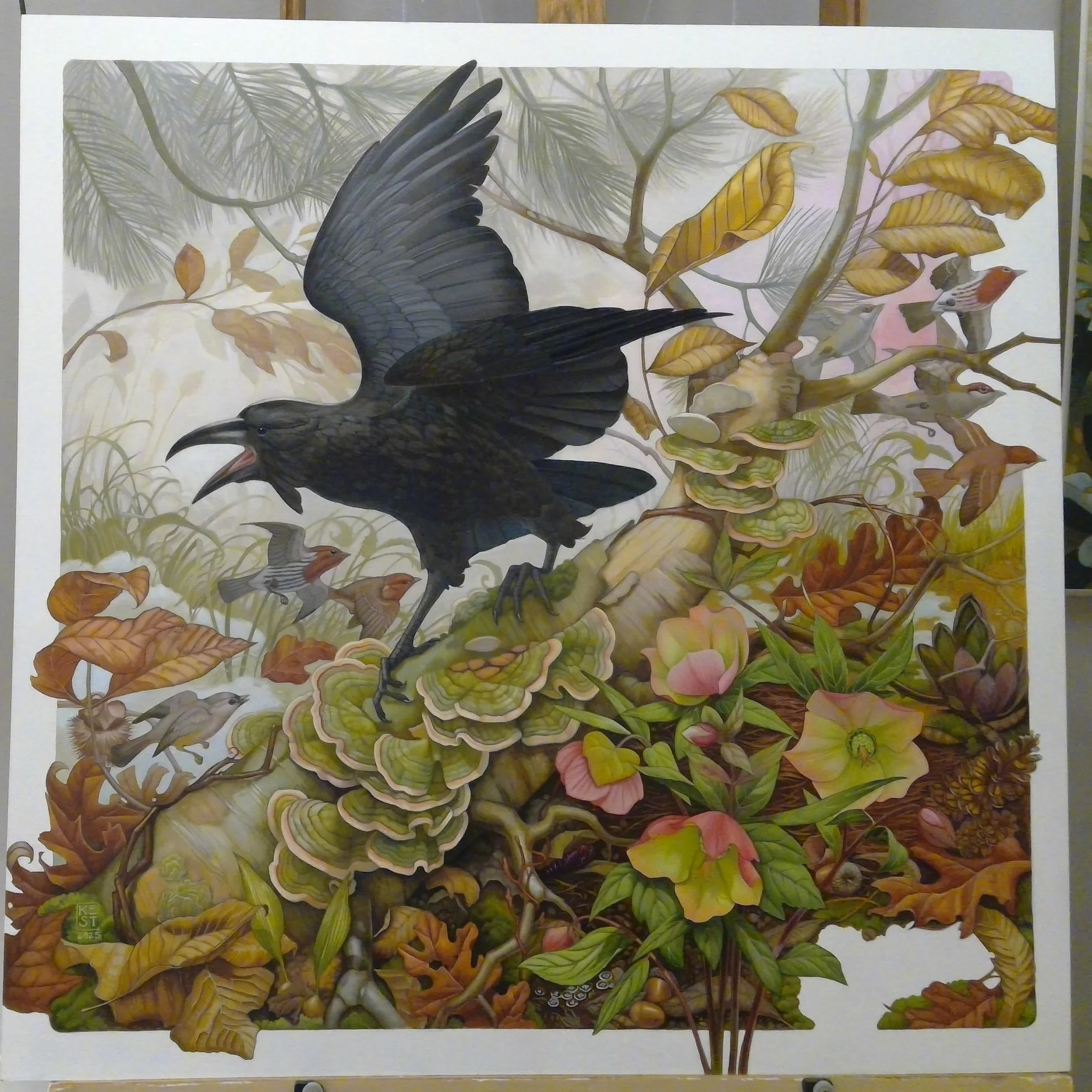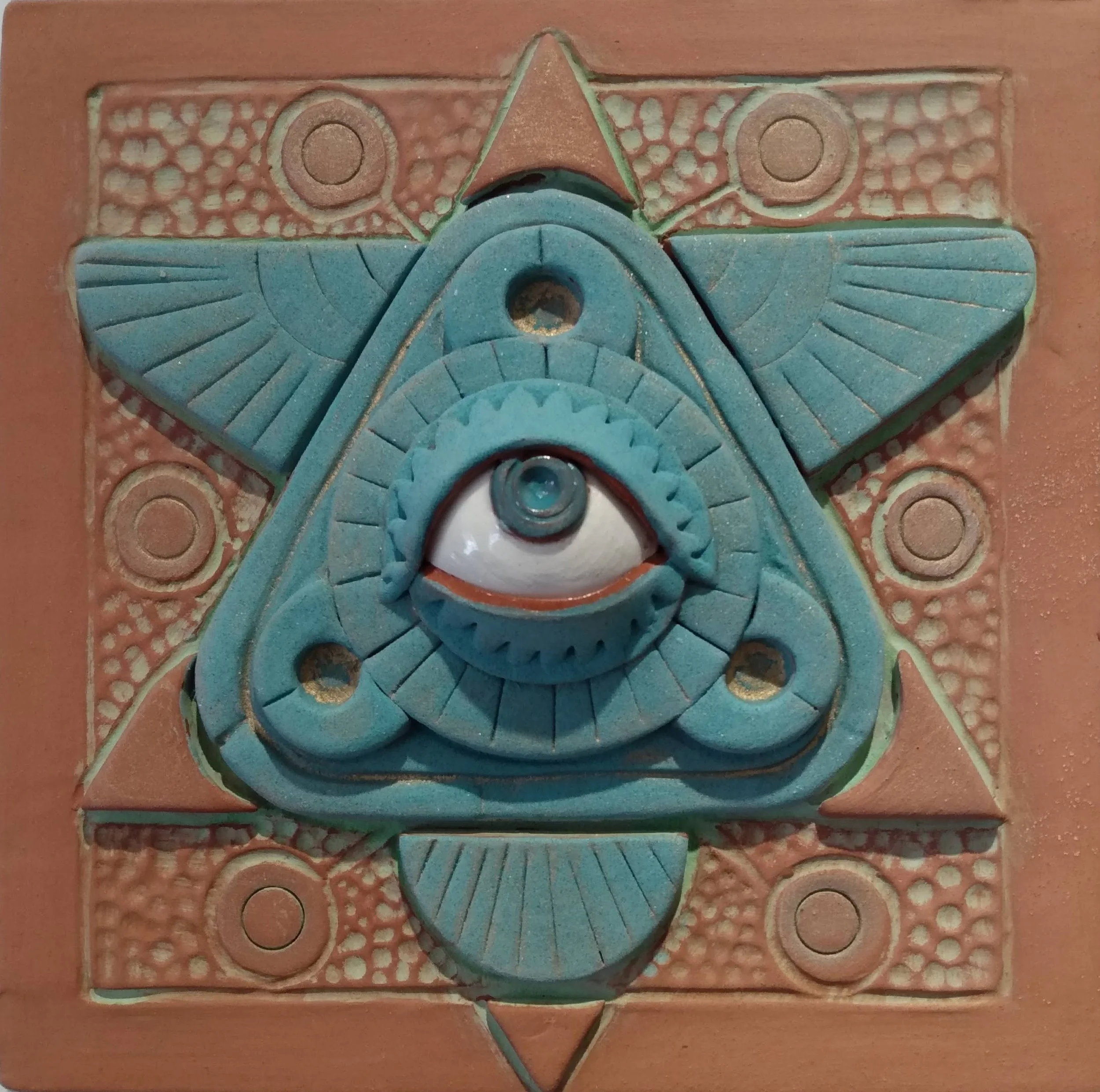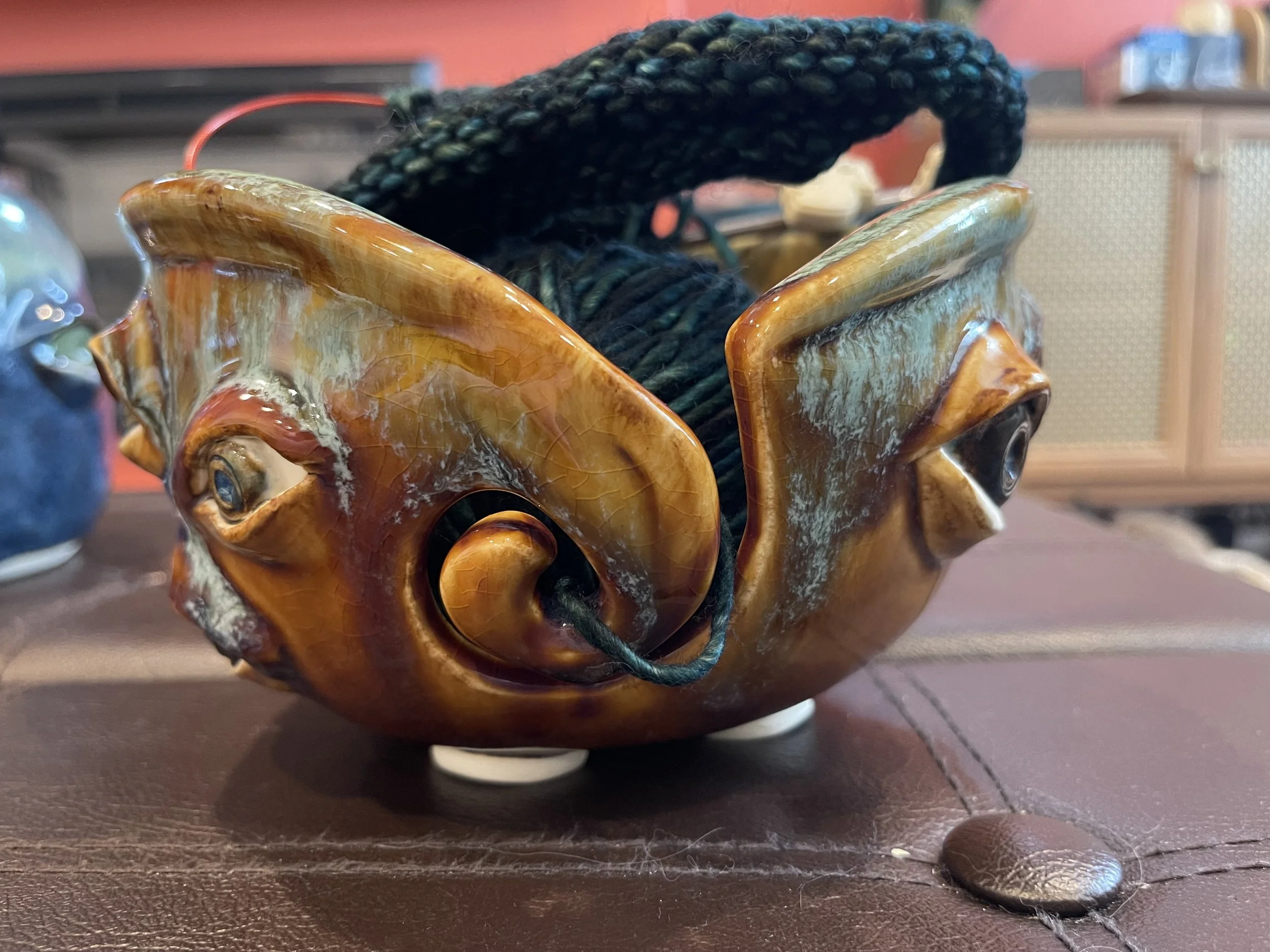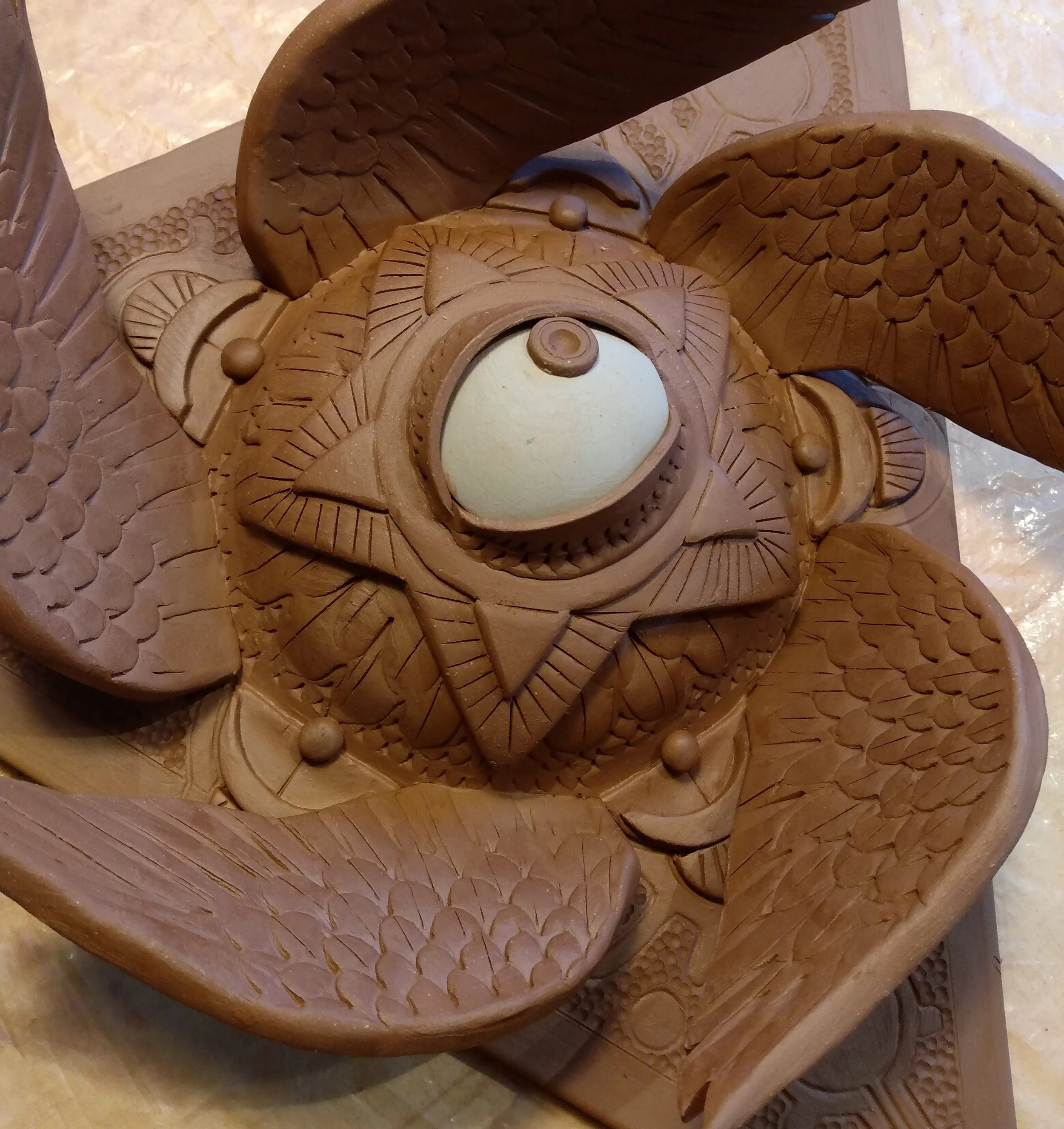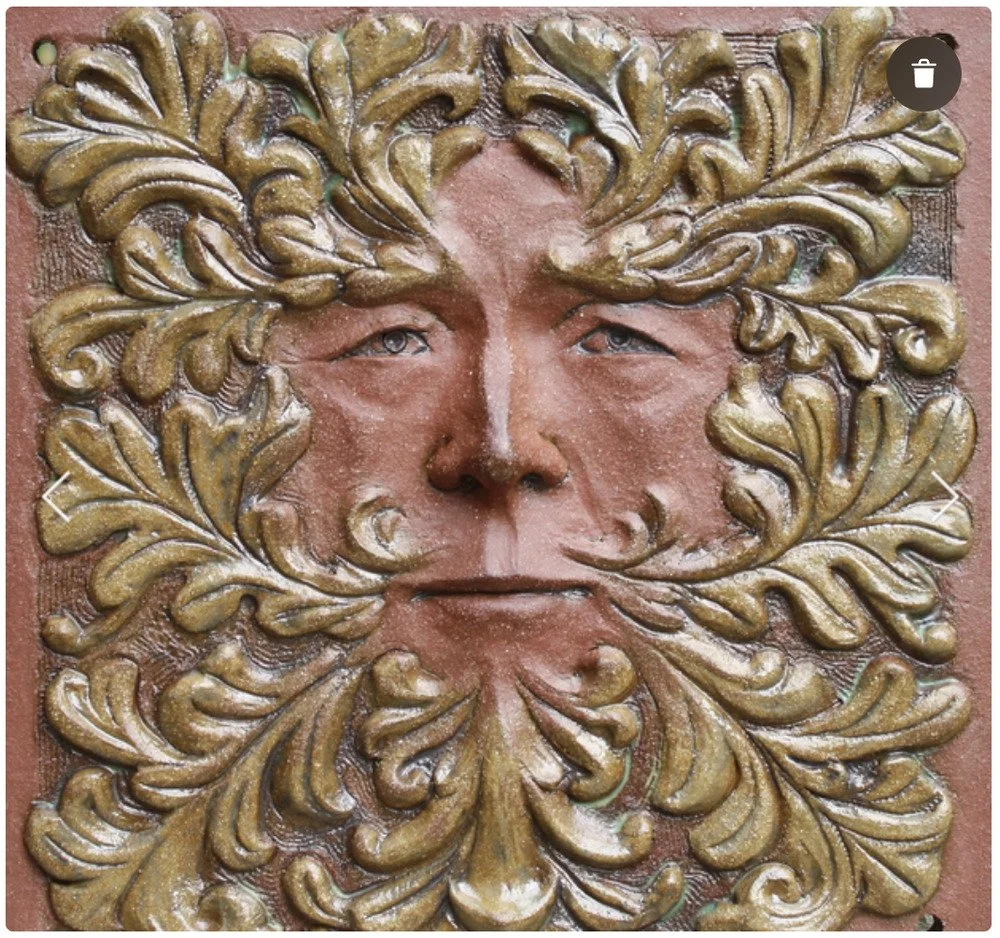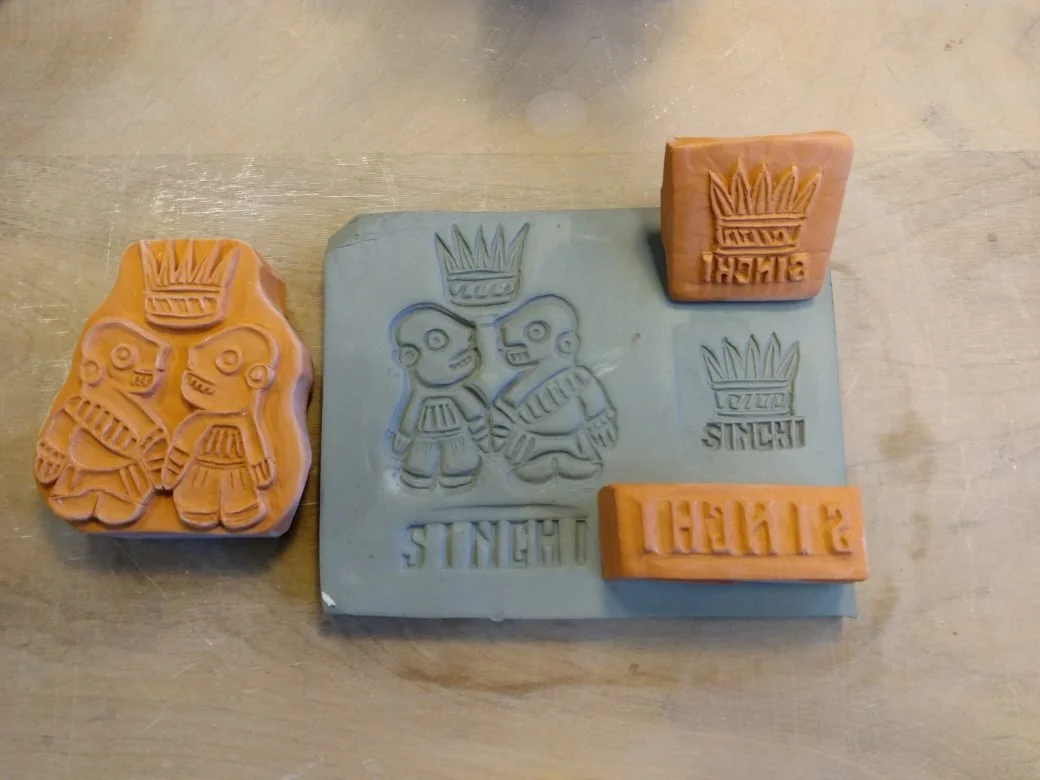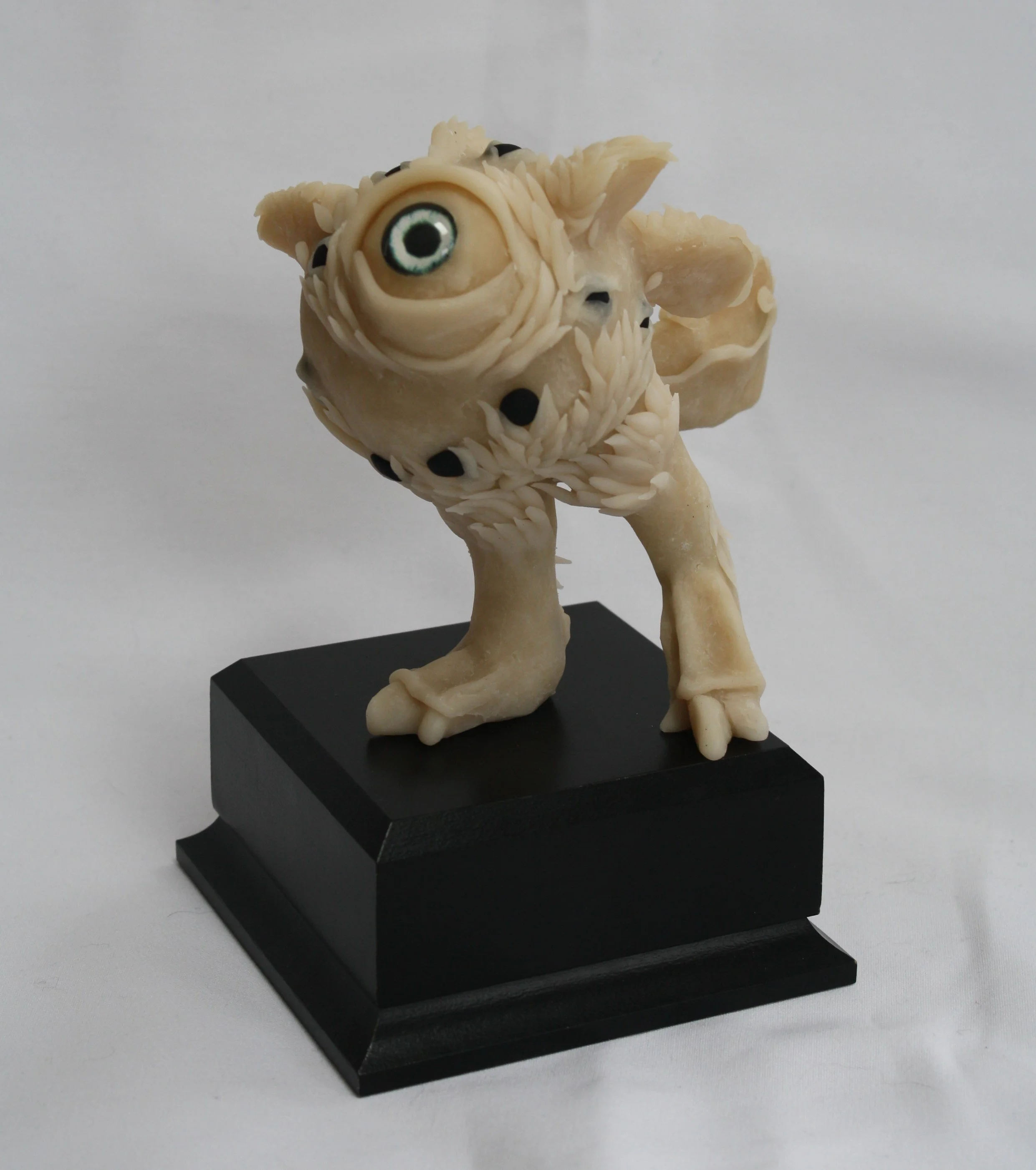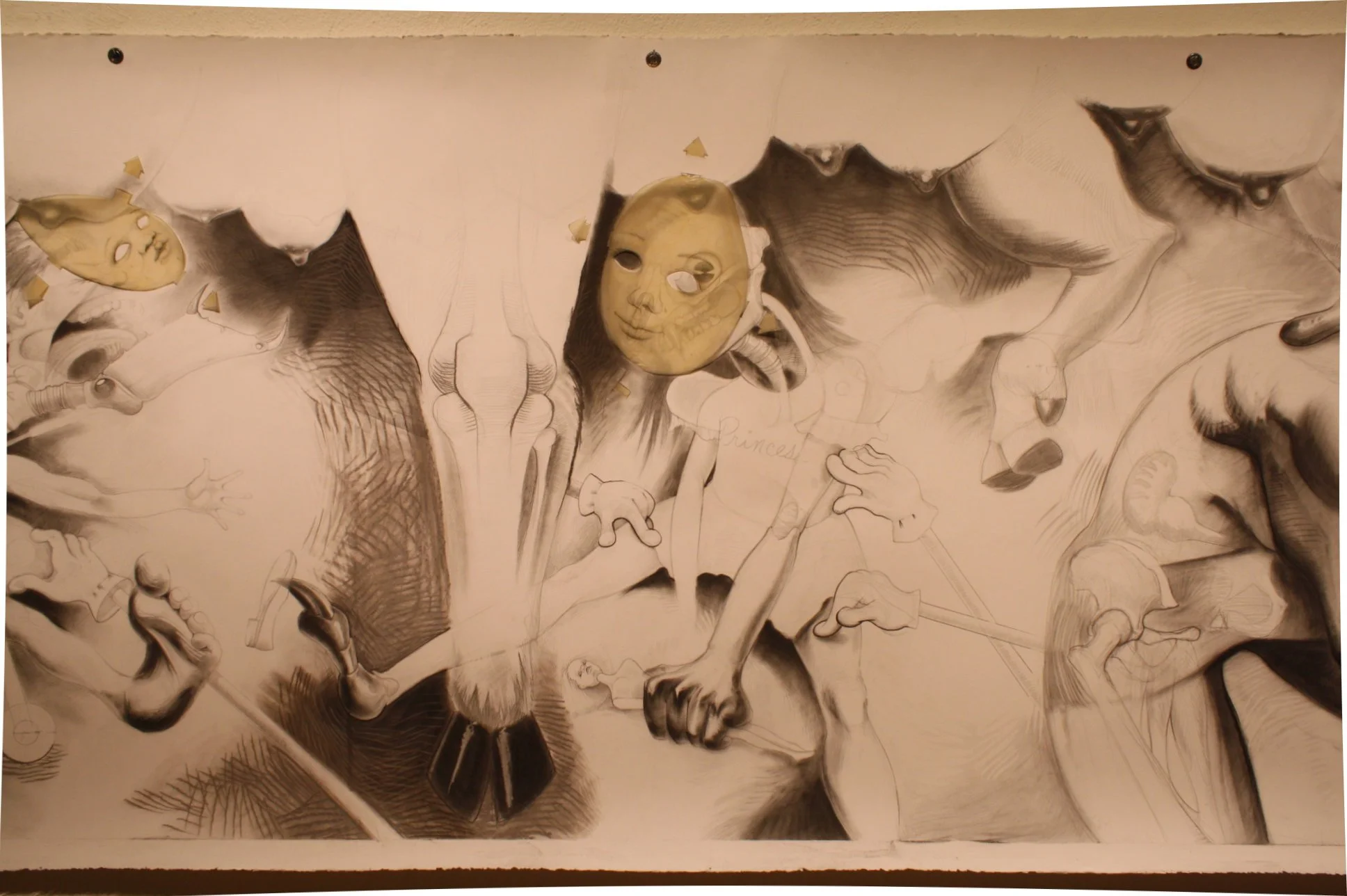Quite by accident, I recently stumbled across a method of pricing artwork that really sits well with me. No soul-crushing sterility of hourly or material rates, and no squishy guesstimations based on the sentimentality of “what feels right”. I’d written an earlier blog post on these other methods of how to price artwork and must admit I wasn’t completely sold on either.
Instead, this method relies on what you’ve already been paid for previous work. What you’ve been paid for your previous work is your market value. And as you sell even more work, the valuation of your art will go up.
This method takes the guesswork out of pricing your art. No more “comparison research” to see what your contemporaries are asking for their work. And it gives buyers reassurance that the pricing is based on actual data from your recorded previous sales.
Let’s look at an example.
So, pick a work that you’ve already sold— one that fetched the highest amount of any of your works.
Multiply the length x height of the work to get the total square inches of the work. So if your painting is 30” x 20”, that’s 600 sq inches.
Now, say this painting sold at $2000, then you would divide that amount by 600 to find the dollar amount you were paid per square inch. In this example, it’s $3.33.
You can now take this $3.33 amount and apply it to your other new work. You just have to calculate its square inches and multiply it by the dollar amount to find its square inch market value.
Let’s apply this to another work of art which is 18” x 24”. That’s 432 sq inches.
Multiply 432 sq in by $3.33 and now you know your painting is worth approximately $1438.56. Bump it up to $1475 or $1500 and that gives your buyer some room to haggle. If it’s bought at that price, then you have a new “square inch” market value.
I found this great method of pricing work when I was researching how to properly stretch a canvas and found a link to Golden Paints’ excellent blog post on “a remarkable way to stretch canvas”. At the end of the article there was a link to another manufacturer, John Annesley, which makes gorgeous quality stretcher and solid surface supports for painters. Their FAQ page is excellent and is where I found this solid pricing advice for art.
Do you use this method or another to price your work? Tell me in the comments below. :D
And if you find the information in my blog to be helpful, you can just buy me a coffee. Thank you!




